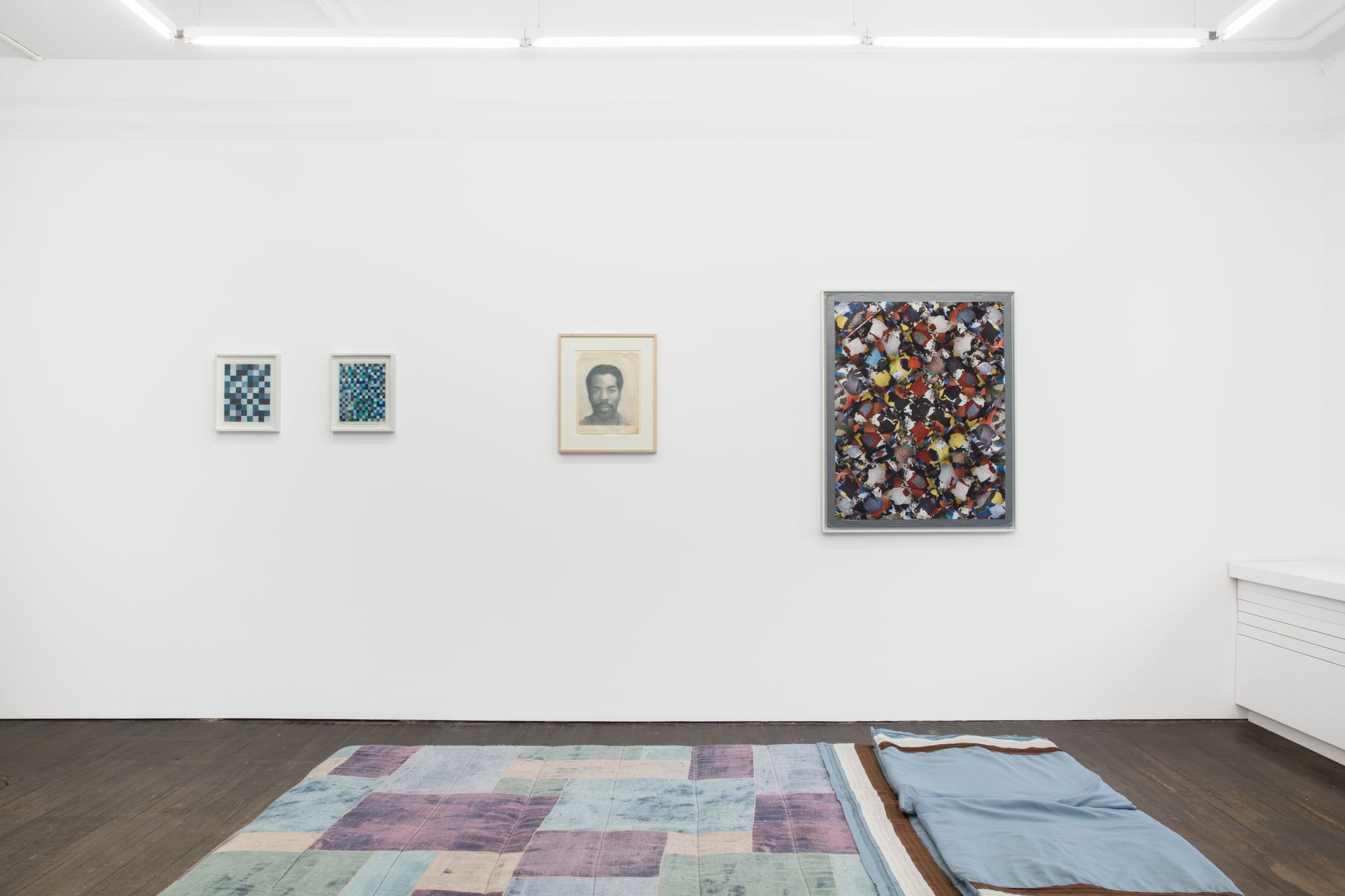
Past
Frederick Weston
Mar. 12–Apr. 30, 2023
New York
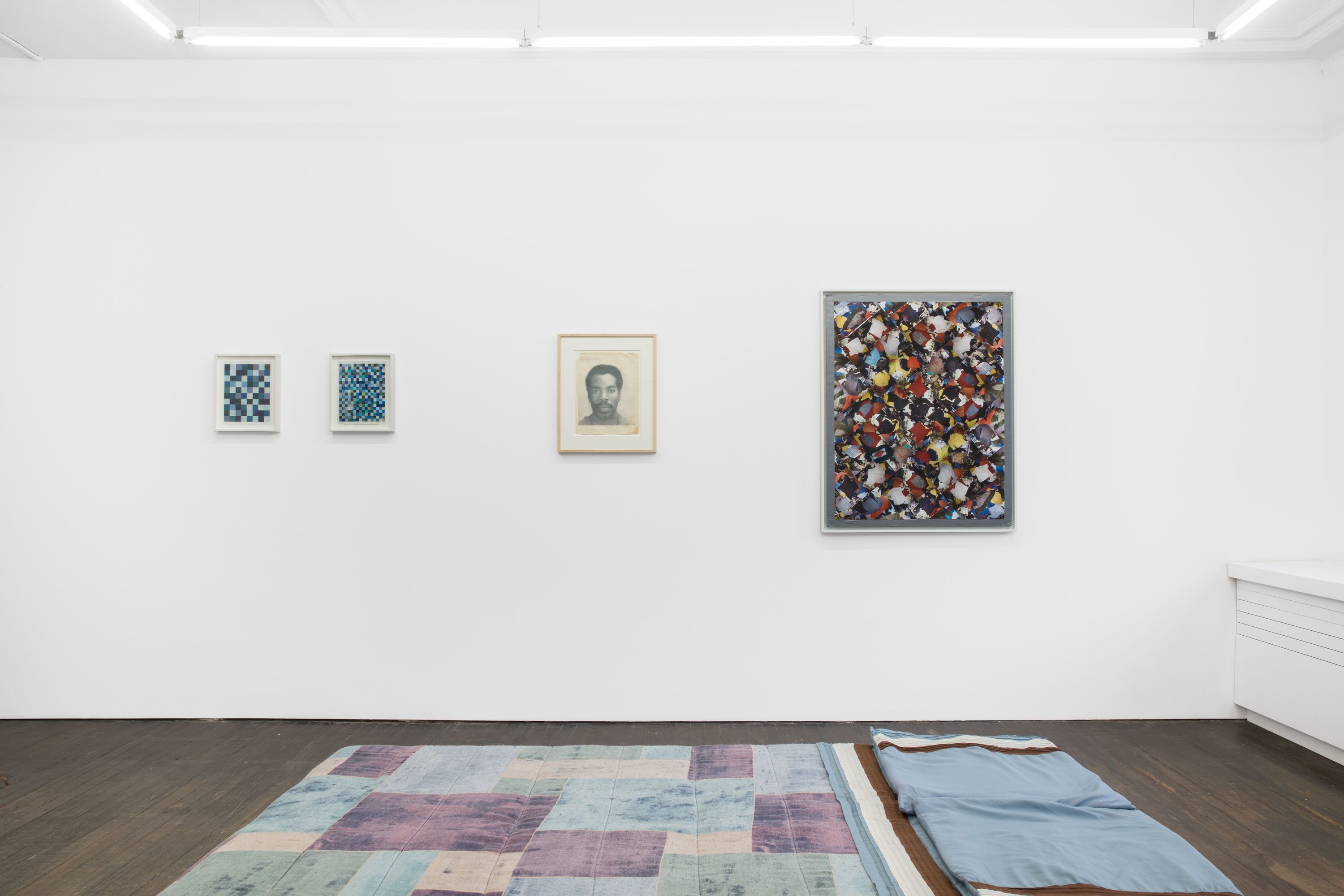
Gordon Robichaux is honored to present an exhibition of photographs, collages, and sculptures by Frederick Weston (1946–2020). This presentation is the first dedicated to the artist’s work since the forty-year survey organized in collaboration with Ortuzar Projects in 2020.
A self-taught, interdisciplinary artist, Weston worked in a variety of media, including collage, drawing, sculpture, photography, photocopy, performance, and creative writing. Over the course of his life in New York, he developed a vast encyclopedic archive of images, objects, and ephemera related to fashion, the body, advertising, AIDS, race, and queer subjects.
The installation at Gordon Robichaux includes two- and three-dimensional artworks that foreground the artist’s preoccupation with photography, portraiture, and articulating his own subjectivity by collecting and organizing a seemingly infinite array of visual materials with personal and cultural significance. His works assemble images from magazines and newspapers depicting toiletry and pharmaceutical packaging, photographs, clothing and fabric swatches, and the artist’s own bedding. Throughout, Weston uses idiosyncratic strategies and self-devised systems of organization as a creative and spiritual practice to process, challenge, and transcend his experiences of precarity, displacement, and living with HIV.
The earliest work on view is a seminal self-portrait created in 1979 in a photo booth in Times Square using dot matrix print technology. The striking image of Weston’s likeness is composed of an arrangement of small dots printed on paper in a gridded format. The tape, creases, and well-worn edges of the print are evidence of its history and multiplicity; Weston traced, collaged, and photocopied the image to generate new works, rejecting hierarchies of original and copy.
In the center of the gallery, Weston’s sculpture of a bed (made in collaboration with fashion designer Martin Keehn) incorporates the artist’s own bedding and functions as a bench. “I make all my work in bed,” said Weston, whose apartment, which doubled as his studio, was crowded with binders and file boxes of materials for his art—a vast archive spanning his years living in New York. The bed refers to the hard-won domestic and creative setting of the artist’s apartment, where he was continually at work. Before moving into his final home in Chelsea, Weston lived in SROs and hotels all over the city—the Esquire, the Senton, the Roger Williams, and the Breslin, which is now the site of the Ace Hotel. Much like the artist, filmmaker, anthropologist, and mystic Harry Smith, Weston's years in residence at the Breslin provided affordable lodging in the heart of Manhattan among a community of like-minded creatives.
Surrounding the bed are three large collages on board covered with densely layered patterns of C-print photographs taken by the artist. The images document his room and the different states of its contents: many show clothing—strewn across the floor and organized on racks—and walls layered with collages and images as he prepared to move out of the Breslin SRO when the building was transformed into a luxury hotel. The photographs are organized and collaged into optical patterns that activate the generative tension between order and chaos.
Two small collage works from Weston’s Blue Bedroom Ballads/Blue Bathroom Blues series, inspired by his experience living with HIV, hang nearby. Weston employs the grid of graph paper as a structure to order a checkerboard pattern of blue squares cut from found photographic images. He plays with the quiet velocity of blue and its resonance with ideas of purity, healing, renewal, and transcendence, collecting hues from serene and cool oceanic images, cleaning products, medicine bottles, and Yves Klein blue. “God is the color of water / God is the color of air," Weston explained.
Later this year, Weston’s work will be included in Copy Machine Manifestos: Artists Who Make Zines at the Brooklyn Museum.
Frederick Weston (1946–2020) was born in Memphis, Tennessee, and raised in Detroit, Michigan, where he participated in the club scene before moving to New York City in the mid-1970s. He was a graduate of Ferris State University in Big Rapids, Michigan, where he was instrumental in founding the Zeta Beta Chapter of Alpha Phi Alpha—the university’s first African American fraternity. He went on to study menswear design and marketing at the Fashion Institute of Technology in New York.
Weston’s Estate is represented by Gordon Robichaux, New York, where he presented his first solo exhibition in New York in 2019. In 2020, Ortuzar Projects, in collaboration with Gordon Robichaux, presented a forty-year survey of Weston’s work. His site-specific installation at the Ace Hotel gallery in New York was celebrated in the New York Times, and he received the Foundation for Contemporary Arts’ Roy Lichtenstein Award. In 2021, Visual AIDS published Frederick Weston and Samuel R. Delany, a book dedicated to Weston’s work through a long-form interview between Weston and Delany.
Weston’s work has been included in numerous group exhibitions: Downtown 2021 (curated by Sam Gordon), La MaMa Galleria, New York; A Page from My Intimate Journal (Parts I and II), Gordon Robichaux, New York, and Parker Gallery, Los Angeles; Souls Grown Diaspora (curated by Sam Gordon), apexart, New York; Heaven and Hell, Tom of Finland Foundation, Los Angeles; Tag: Proposals on Queer Play and the Ways Forward (curated by Nayland Blake), Institute of Contemporary Art, University of Pennsylvania, Philadelphia; This Must Be the Place (curated by O.O. & M.M. and Miles Huston), 55 Walker, New York; Inside, Out Here (curated by Eric Booker), La MaMa Galleria, New York; Art AIDS America, Bronx Museum of the Arts, New York; Found (curated by Avram Finkelstein), Leslie Lohman Museum of Gay and Lesbian Art, New York; CUT HERE (with Matt Keegan and Siobhan Liddell), Gordon Robichaux, New York; Queer Artist Fellowship: Alternate Routes (curated by Osman Can Yerebakan), Leslie Lohman Project Space, New York; and Persons of Interest (curated by Sam Gordon), Bureau of General Services—Queer Division, New York.
He participated in numerous panels and presented his creative writing and poetry at Visual AIDS; “Queer Artists of Color in New York during the AIDS Epidemic” panel, College Art Association of America 2019 Annual Conference; “Visual Arts and the AIDS Epidemic,” Smithsonian Archives of American Art Symposium, Whitney Museum of American Art, New York; “Fag, Stag, or Drag?” in conversation with John Neff, Artists Space, New York; and "Three Readings: Wayne Koestenbaum, Darinka Novitovic, and Frederick Weston,” Gordon Robichaux, New York. In 2017, an oral history with Weston conducted by Ted Kerr was published by the Smithsonian Archives of American Art for Visual Arts and the AIDS Epidemic: An Oral History Project.
His work is held in the collections of the Art Institute of Chicago, Chicago, and the Los Angeles County Museum of Art, Los Angeles.
Weston was a longstanding artist-member of Visual AIDS.
Install (4)




Works
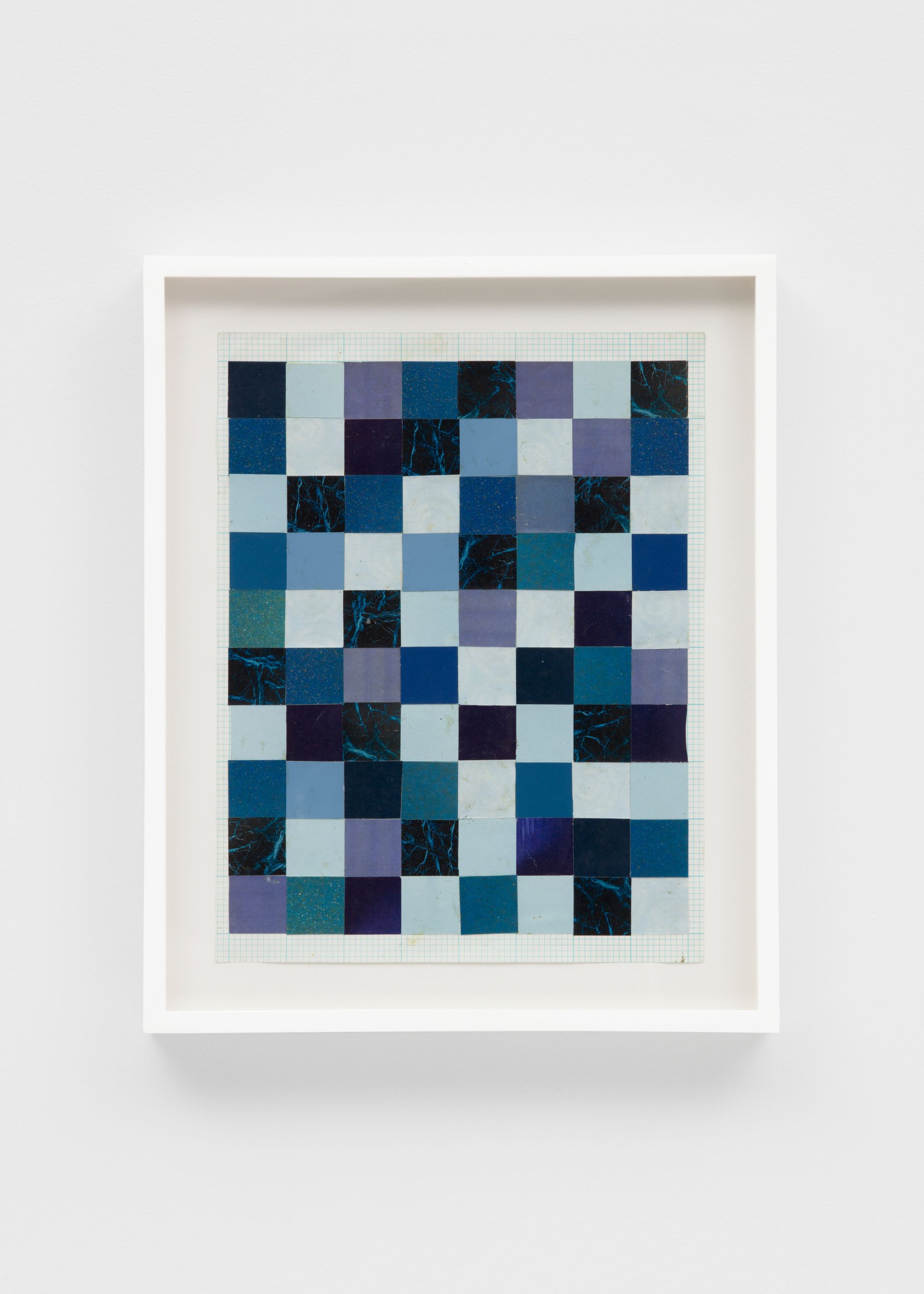
Untitled (Blue Bathroom Blues)
Mixed media on paper
11 x 8½ inches
1999
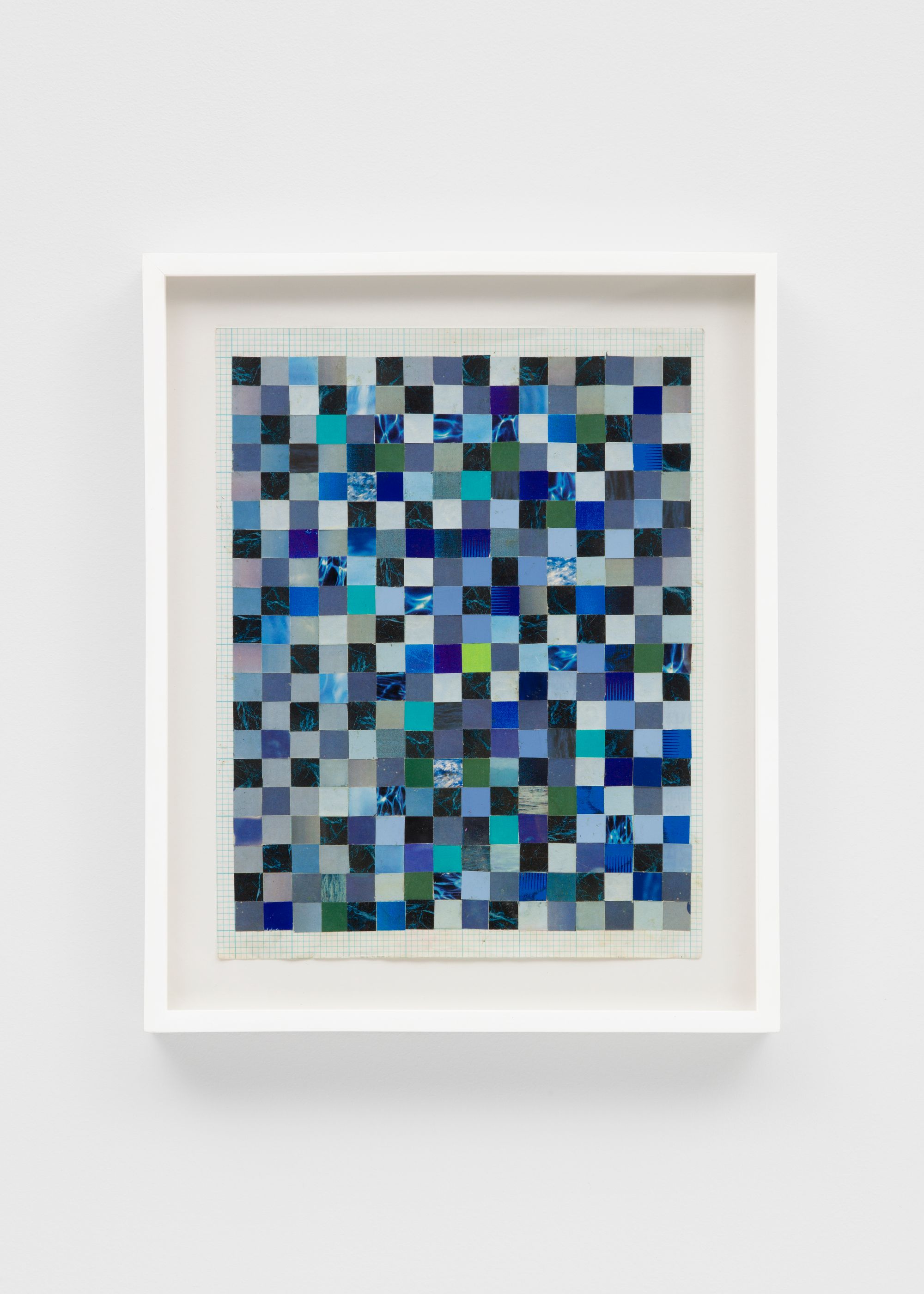
Untitled (Blue Bathroom Blues)
Mixed media on paper
11 x 8½ inches
1999
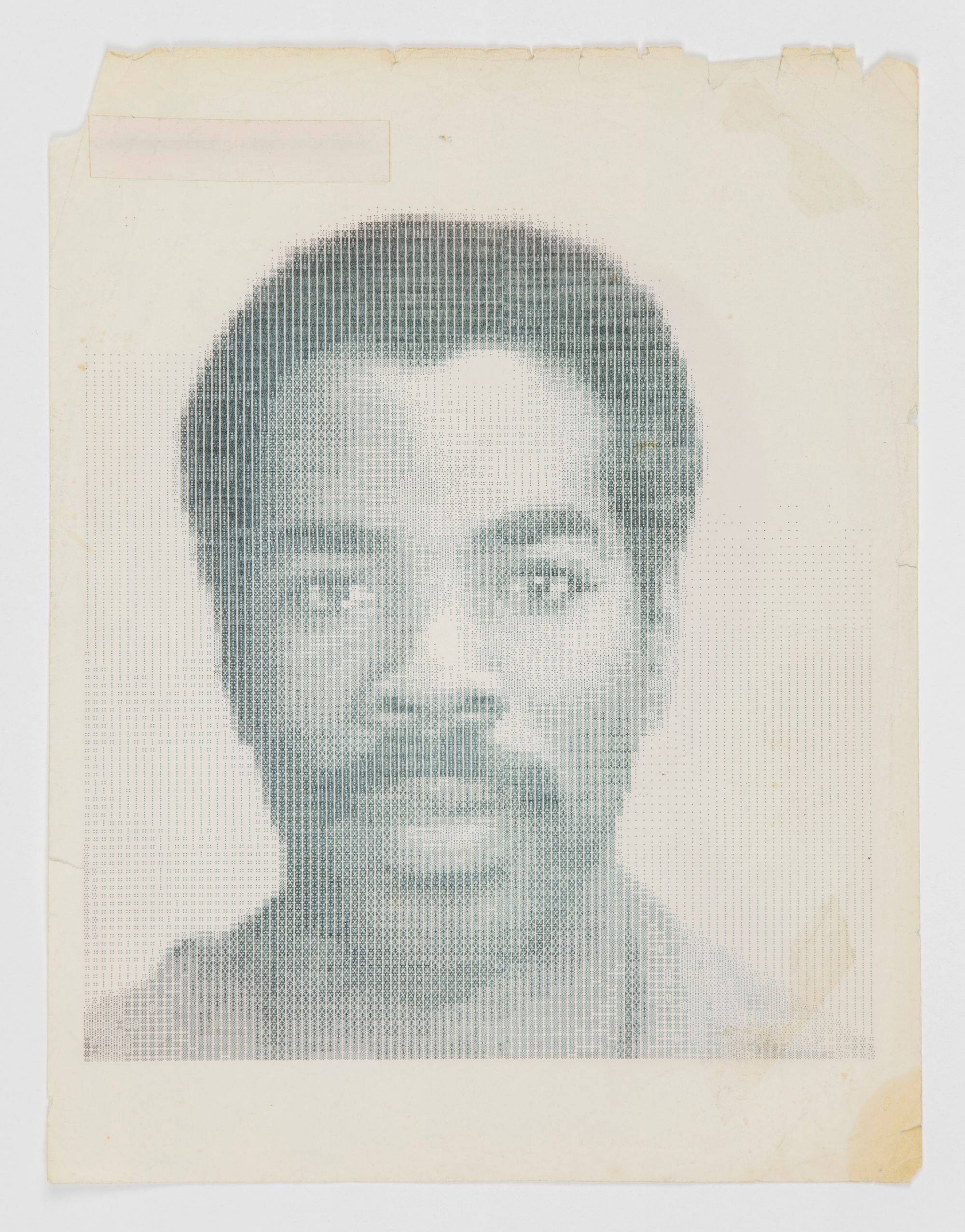
Self Portrait
Dot matrix print, tape
14⅛ x 10¾ inches
1979
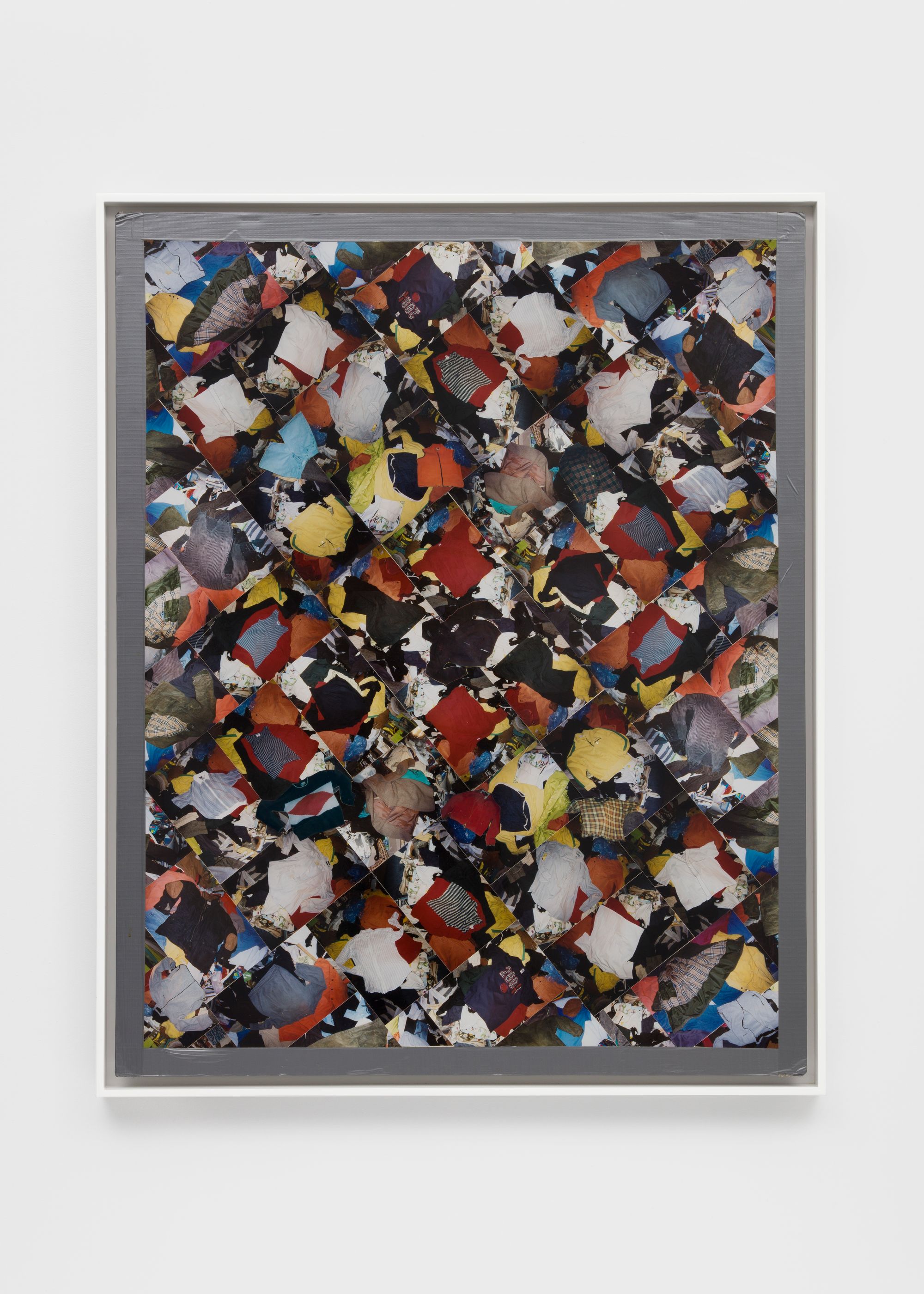
Searching And Fearless Moral Inventory
Mixed media on foam core board
40 x 32 inches
2010
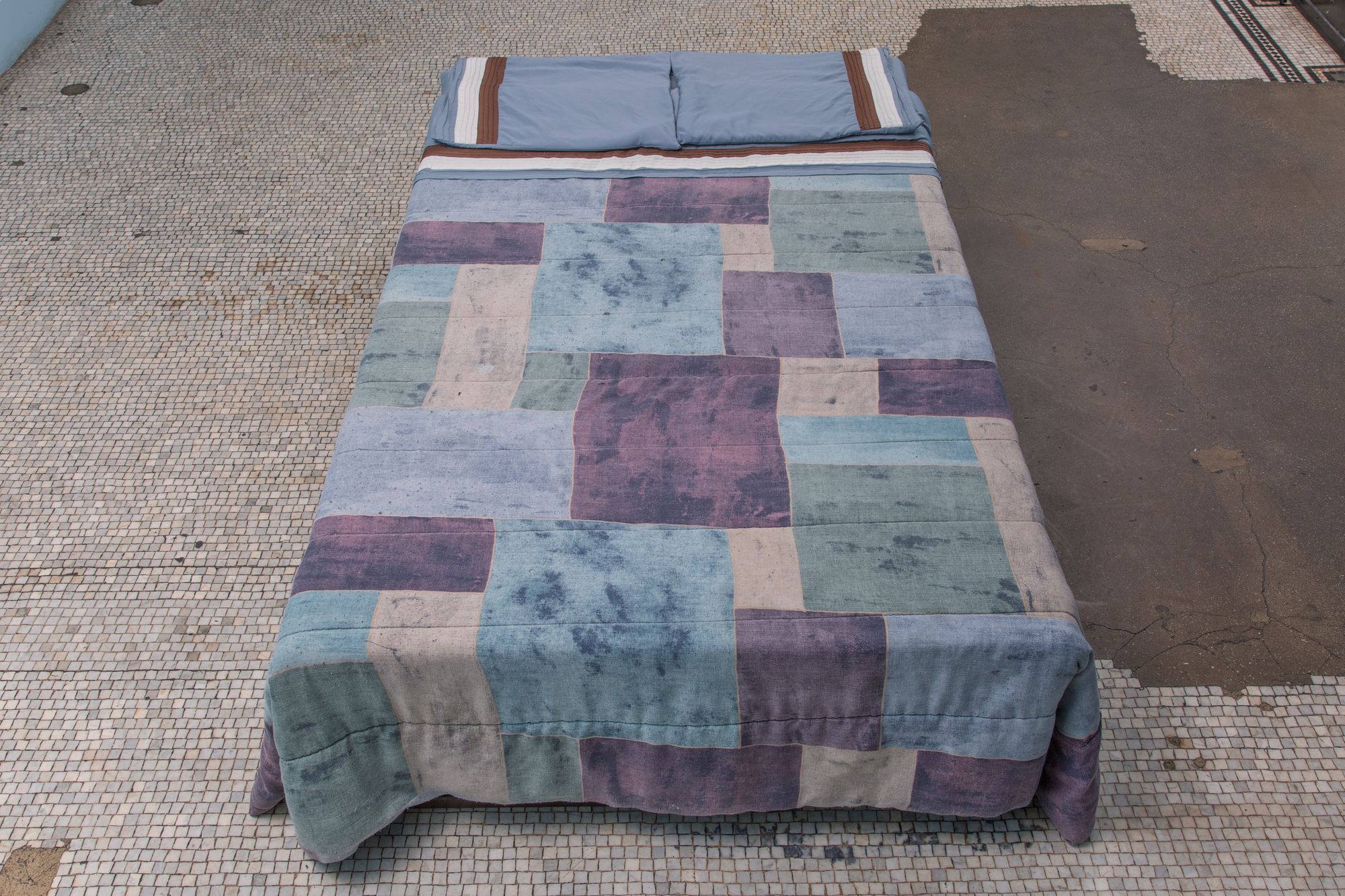
Blue Bedroom Blues Bed
Fabric and artist's comforter, hand sewn
88 x 72 x 42 inches
2020
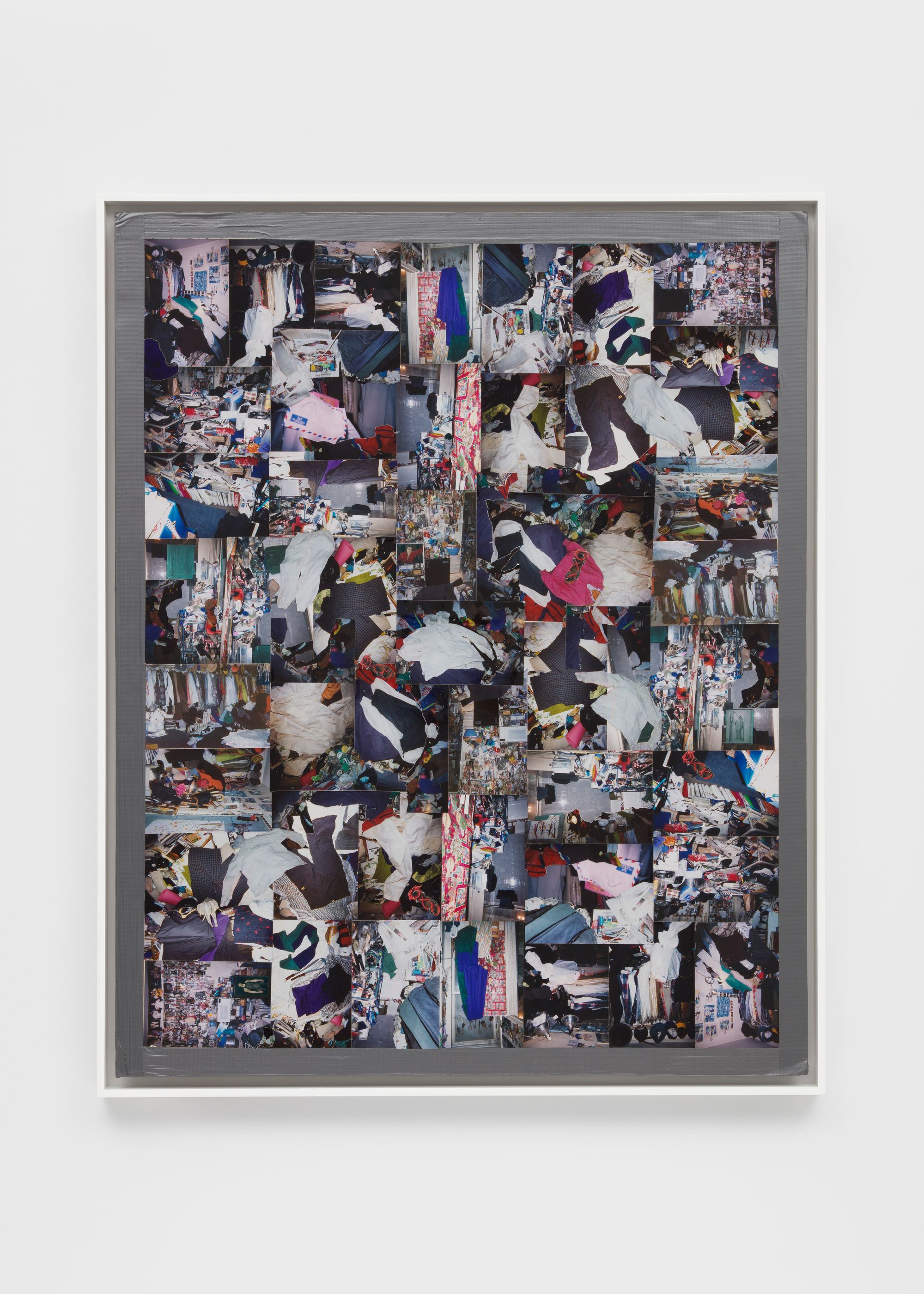
Things Get Lost In The Clutter
Mixed media on foam core board
40 x 32 inches
2009
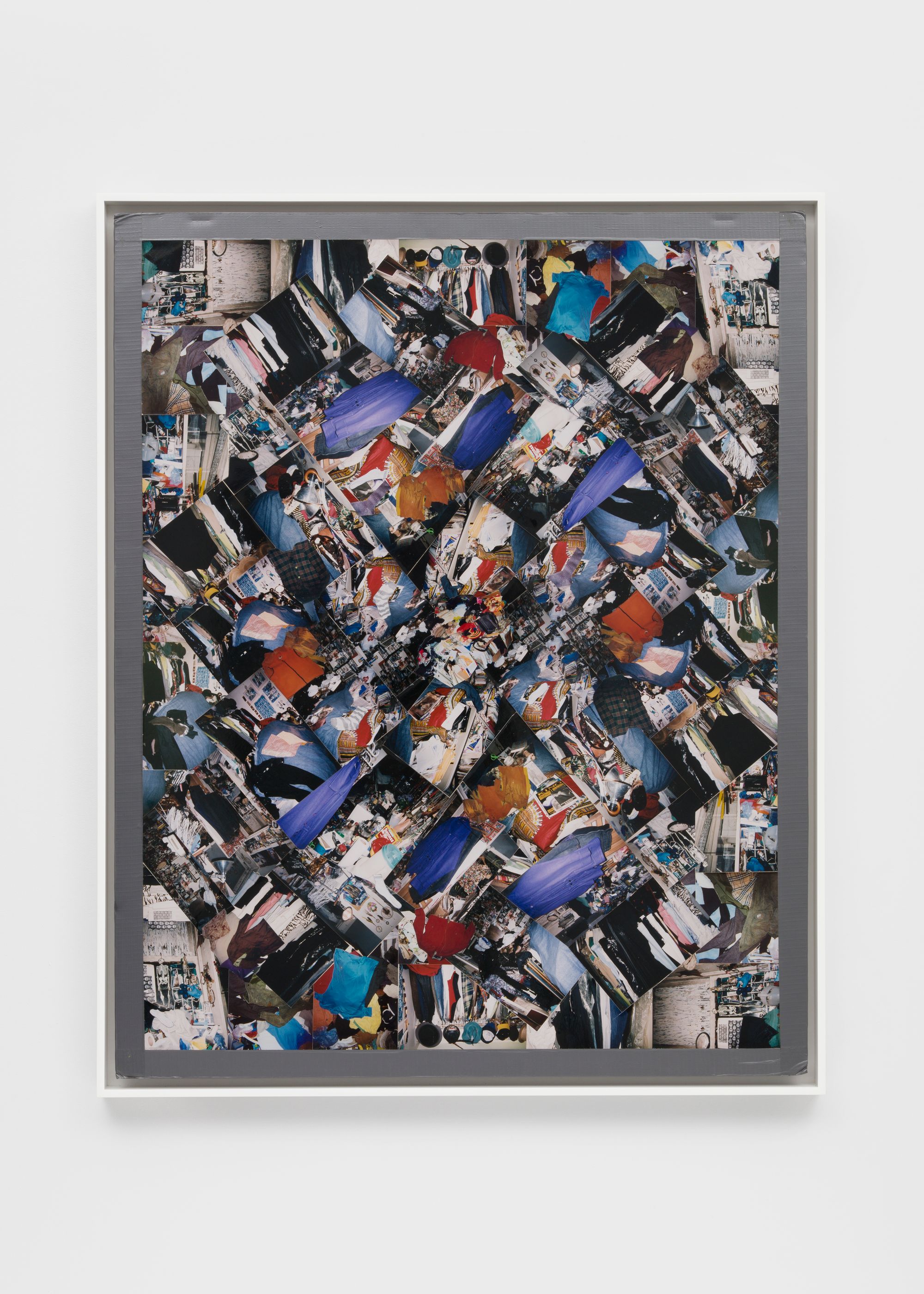
Forgiven, But Not Forgotten
Mixed media on foam core board
40 x 32 inches